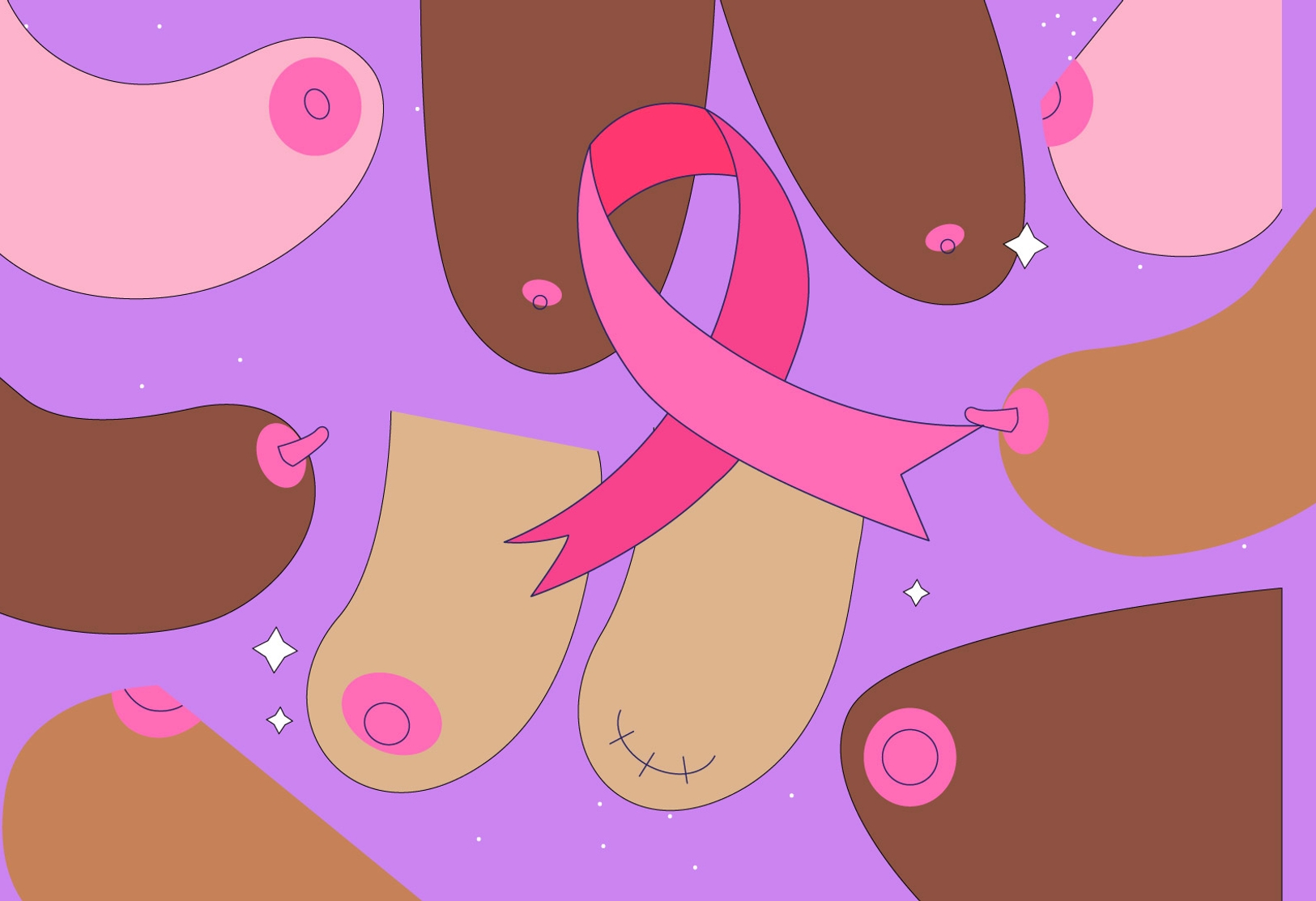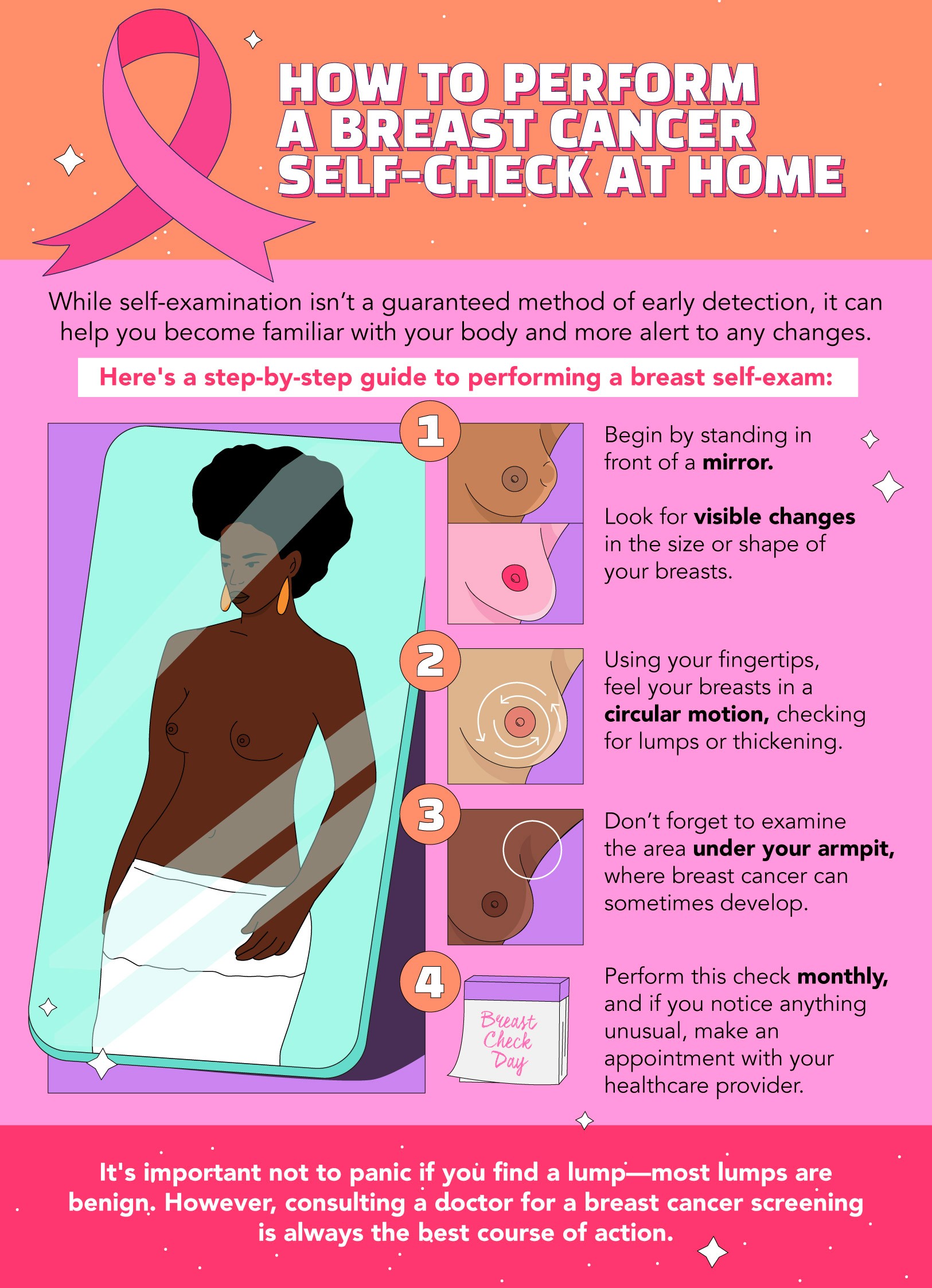Breast cancer is one of the most commonly diagnosed cancers worldwide, and early detection is key to ensuring the best possible outcomes. Knowing the symptoms of breast cancer empowers individuals to take charge of their health.
Understanding what changes to look out for in your breast tissue and surrounding areas could make all the difference when it comes to early detection and treatment.
Below, we’ll outline the most common signs of breast cancer and the less-known symptoms, while also addressing how people of all genders can be affected.
Why Early Detection is Key
Catching breast cancer early can significantly increase the likelihood of successful treatment. According to the American Cancer Society, when breast cancer is detected early, in the localized stage, the five-year survival rate is as high as 99%. This makes it essential to know and understand what early signs and symptoms of breast cancer to look out for. Moreover, early intervention often results in less invasive treatments and a better quality of life.
Common Symptoms of Breast Cancer
The following are the most common symptoms associated with breast cancer. While these signs do not always mean you have cancer, it’s crucial to speak with a healthcare provider if you notice any changes.
Lump or Thickening in the Breast
One of the most well-known signs of breast cancer is a lump in the breast or armpit area. This lump may feel hard or uneven and typically doesn’t move when touched. Most breast lumps turn out to be non-cancerous, but it’s still important to consult a doctor. Performing regular self-checks and being aware of your body can help you identify changes early on. A lump that persists for several weeks should be evaluated by a healthcare provider.
Changes in the Size or Shape of the Breast
Any significant changes in the size or shape of the breast can be a warning sign. It’s natural for breasts to fluctuate slightly due to hormonal changes, but if one breast suddenly enlarges or shrinks compared to the other, this could be an indicator of breast cancer.
Nipple Discharge (Other than Breast Milk)
While discharge from the nipples can be caused by various factors, such as infections or hormonal fluctuations, nipple discharge that is bloody or occurs without squeezing the nipple should not be ignored. It could be an early sign of breast cancer.
Breast or Nipple Pain
Though less common, pain in the breast or nipple area can be a symptom of breast cancer. This pain may be persistent or occur intermittently, and it is important to get any unusual pain checked out, especially if it is localized to one breast.
Skin Changes: What to Watch For
Dimpling or Puckering of the Skin
One of the more visible signs of breast cancer is a change in the texture of the skin on the breast. The skin may begin to dimple, resembling an orange peel texture. This happens because cancer can block lymphatic vessels in the breast, causing swelling and changes to the skin.
Redness or Rash
Red, inflamed skin on the breast can sometimes indicate inflammatory breast cancer, a less common but more aggressive form of the disease. Breast tissue may appear swollen or warm, with the surface looking irritated.
Nipple Inversion
If you notice that your nipple has turned inward or is suddenly retracted when it previously wasn’t, this could be a sign of breast cancer. Nipple inversion happens as the tumor causes changes to the tissue beneath the skin.
Less Common But Serious Signs
In addition to the more well-known symptoms, other signs of breast cancer might not immediately come to mind but are just as important.
Swelling or Lump Under the Armpit
The breast tissue extends into the armpit area, and swollen lymph nodes here could be a sign that cancer has spread. A lump or thickening in this area, especially if persistent, warrants further examination.
Changes in Skin Texture Around the Breast
Other changes to be aware of include thickening of the breast skin, scaling, or flaking around the nipple. These symptoms could point to Paget’s disease, a rare type of breast cancer affecting the skin of the nipple and areola.
How to Perform a Breast Cancer Self-Check at Home
While self-examination isn’t a guaranteed method of early detection, it can help you become familiar with your body and more alert to any changes. Here’s a step-by-step guide to performing a breast self-exam:
- Step 1: Begin by standing in front of a mirror. Look for visible changes in the size or shape of your breasts.
- Step 2: Using your fingertips, feel your breasts in a circular motion, checking for lumps or thickening.
- Step 3: Don’t forget to examine the area under your armpit, where breast cancer can sometimes develop.
- Step 4: Perform this check monthly, and if you notice anything unusual, make an appointment with your healthcare provider.
It’s important not to panic if you find a lump—most lumps are benign. However, consulting a doctor for breast cancer screening is always the best course of action.
When to See a Doctor
It’s essential to understand when a change in your breast or nipple is serious enough to warrant a doctor’s visit. While some variations in breast tissue are due to normal hormonal fluctuations, it’s always safer to have any concerns checked by a healthcare provider.
The American Cancer Society recommends regular breast cancer screening for women starting at age 40, or younger if they have a higher risk due to factors such as family history. Regular screenings can detect cancer before symptoms even appear.
Prevention and Screening: What You Can Do
While not all breast cancers can be prevented, there are steps you can take to reduce your risk:
Maintain a healthy weight: Being overweight can increase your risk of developing breast cancer, particularly after menopause.
Exercise regularly: Physical activity has been shown to help reduce cancer risk.
Get regular screenings: Breast cancer screening, such as mammograms, can detect cancer early, improving the chances of successful treatment.
Conclusion: Stay Vigilant and Empowered
Knowing the symptoms of breast cancer and understanding your body’s natural state is one of the best ways to detect abnormalities early. Remember, many breast lumps and changes are not cancerous, but it’s always important to have them checked by a healthcare provider. Stay informed, perform regular self-checks, and never hesitate to seek medical advice. Early detection could save your life.
By staying vigilant and aware, you are empowering yourself to take control of your health.
References:
- Centers for Disease Control and Prevention. (2022, October 12). Breast cancer symptoms. CDC. https://www.cdc.gov/breast-cancer/symptoms/index.html
- Mayo Clinic. (2023, January 4). Breast cancer – Symptoms and causes. Mayo Clinic. https://www.mayoclinic.org/diseases-conditions/breast-cancer/symptoms-causes/syc-20352470
- National Health Service. (2022, December 5). Symptoms of breast cancer in women. NHS. https://www.nhs.uk/conditions/breast-cancer-in-women/symptoms-of-breast-cancer-in-women/
Do you have something to share? Contact us on our social media platforms: Facebook, Instagram, Twitter, YouTube and TikTok, or send us an email to info@findmymethod.org. For more information on contraception, visit findmymethod.org.


